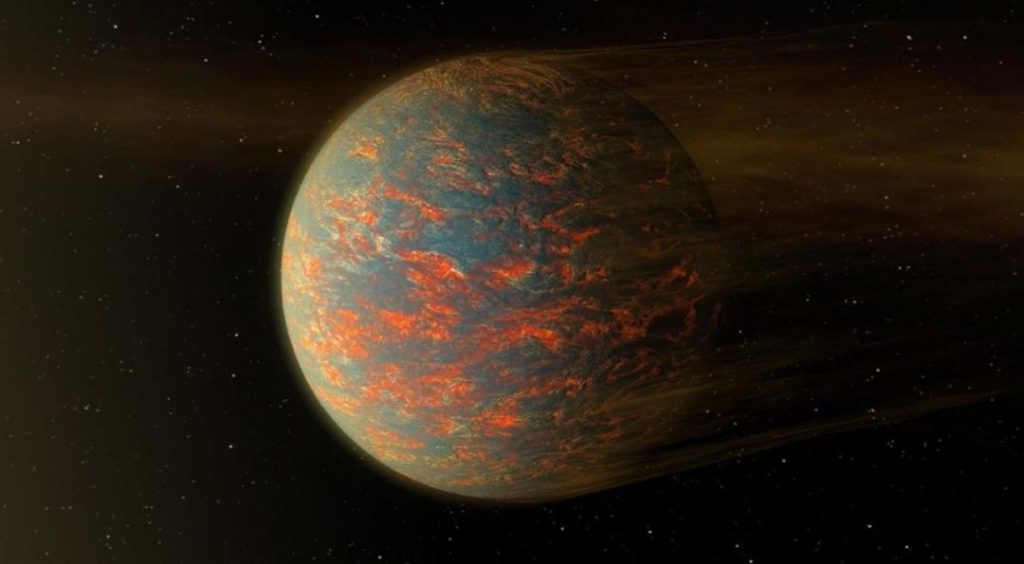
Newly-Discovered Super-Earth Heats Up & Freezes Every 300 Days
In a groundbreaking discovery, scientists have found a newly-discovered super-Earth that is orbiting a Sun-like star just 20 light-years from Earth. This remarkable planet, designated as K2-141b, is unlike any other known planet in our solar system due to its unique and extreme climate patterns. The planet’s orbit is shaped like an oval, which results in it experiencing scorching heat for the first part of its year and freezing temperatures for the rest of the days. This dramatic swing in climate occurs roughly every 300 days, making it a truly fascinating and unusual discovery.
So, what exactly is a super-Earth? A super-Earth is a type of exoplanet that is larger than our own Earth but smaller than the gas giants in our solar system, such as Neptune and Uranus. This category of planets is particularly intriguing due to their potential to support life and their unique characteristics.
K2-141b, the newly-discovered super-Earth, orbits its star every 145 days, which is much faster than Earth’s 365-day orbit around the Sun. This rapid orbit is what leads to the extreme climate fluctuations. When the planet is closest to its star, it experiences temperatures reaching as high as 2,200°F (1,200°C), which is hotter than the surface of Venus. On the other hand, when it is at its farthest point from the star, the temperature drops to a chilly -400°F (-200°C), making it colder than the outer reaches of our solar system.
The discovery of K2-141b was made possible by the Kepler space telescope, which was launched in 2009 to search for exoplanets. The telescope uses a technique called transit photometry to detect the dimming of a star’s light as a planet passes in front of it. By analyzing the data collected by the Kepler telescope, scientists were able to identify the unique orbit of K2-141b and make the groundbreaking discovery.
The extreme climate fluctuations on K2-141b raise many questions about the potential for life on the planet. While the scorching heat and freezing temperatures may make it difficult for life as we know it to exist, it is not impossible. Some scientists believe that life could exist in the form of microorganisms that are capable of surviving in extreme environments. The discovery of K2-141b provides a unique opportunity for scientists to study the potential for life on a planet with such extreme climate fluctuations.
The discovery of K2-141b also provides valuable insights into the formation and evolution of planetary systems. The unique orbit of the planet suggests that it may have formed in a different way than other planets in our solar system. The study of K2-141b and other exoplanets can help scientists better understand the formation and evolution of planetary systems, which can ultimately help us better understand the possibility of life beyond Earth.
In conclusion, the discovery of K2-141b is a significant milestone in the field of exoplanet research. The planet’s unique orbit and extreme climate fluctuations make it a fascinating and unusual discovery. The study of K2-141b provides valuable insights into the formation and evolution of planetary systems and raises important questions about the potential for life on the planet. As scientists continue to study K2-141b and other exoplanets, we may uncover new and exciting discoveries that challenge our understanding of the universe and our place within it.






